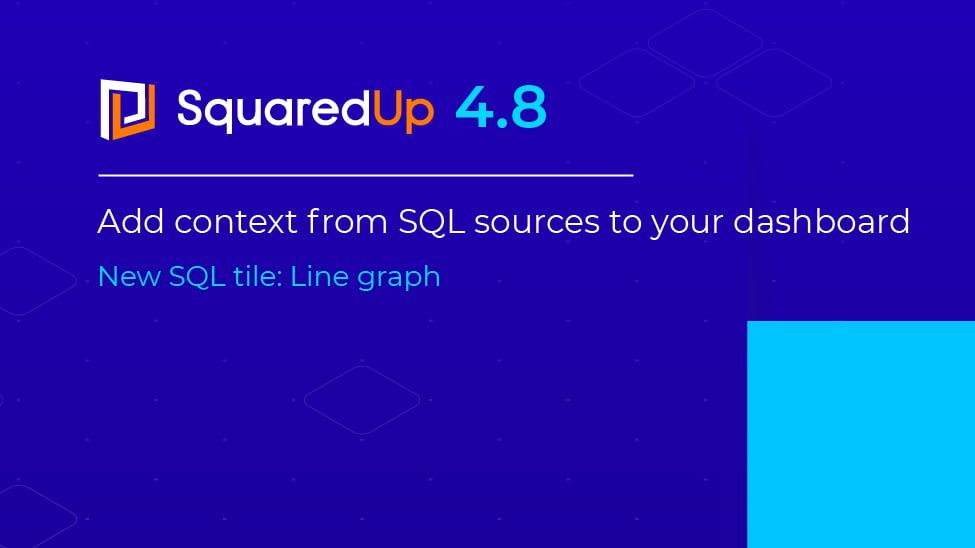
3 awesome ways to use your SCOM Data Warehouse
This technical tutorial webinar provides an introduction to querying your SCOM Data Warehouse, together with examples of some of the awesome insights you can glean from it.
The webinar starts with an introduction to SQL querying the SCOM DW that should be suitable for all comers, regardless of experience, including connecting to the DW using SQL Management Studio, the views you'll need to get to the data you want and general best practices, as well as some simple T-SQL terms you'll need to construct your first queries.
We then move on to some example queries, including alert correlation, performance trending and downtime reporting.
By combining queries likes these with SquaredUp's flexible SQL Tile, you can create some awesome dashboards and perspectives, such as the example alert 'analytics' perspective which, for any given alert, automatically shows previous recent occurrences, where else that same alert has been occuring and Mean Time to Resolution for that particular alert.
As you put this into action in your environment and hopefully create some great use-cases and queries of your own, we'd actively encourage you to share those back to the rest of the SCOM community, either via us or any other means. Similarly, if you need a bit of extra guidance, why not hop over to our Community Answers platform, where you'll find a large and active community of SCOM experts ready to help.
In terms of putting this into action in your own environment, here's a few important things to keep in mind;
- Depending on the performance of your DW, query times may vary. If you are struggling with DW performance issues in general, why not check out our technical webinar on Tuning your SCOM Data Warehouse.
- For optimal performance, apply your queries to the smallest scope you can and always keep in mind the question of what's actually going to be useful data to see and in what context. For example, calculating an average downtime across 1,000 servers probably isn’t going to be terribly meaningful or useful and, if it really is required, would probably be better supplied as part of a quarterly report rather than as dashboard.
- Remember that the queries shown in the webinar are *examples* and should always be;
- Tested in your environment.
- Checked they are fit for the purpose you intend to use them (for example, the 'hours downtime' example query shown only calculates 'agent unreachable' time, not all critical health rollup).
Application Performance Management
Your complete guide to the latest IT monitoring trend
Click here to download the slides for the session.
Useful links
Sign up for the Coffee Break series
Coffee Break webinars run on the last Tuesday of every month and are bite-sized tutorials for SCOM and SquaredUp enthusiasts.
Sign up for the Coffee Break series here.





